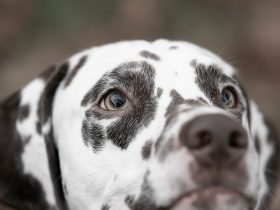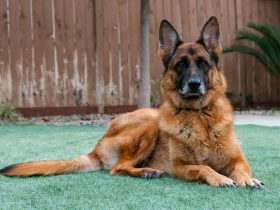Dog skin disease is not uncommon, can be chronic, and requires ongoing treatment. If you think your dog has skin disease please take him to the vet right away so they can diagnose the problem and recommend treatment.
Skin disease can be bacterial, fungal, allergic, parasitic, or hormonal.
Bacterial skin disease is caused by bacteria and not contagious to humans. This dog skin disease results in itchy yellow pustules, dry, crusty areas of skin and hair loss. Treatment includes bathing in special shampoo and applying ointment.
Fungal infections, commonly called ringworm, are caused by fungi that live in dead skin tissue, hair and nails. Your dog may show hair loss in circular patches and itchiness. Ringworm is contagious to humans and other pets. Treatment for this dog skin disease consists of bathing in special shampoos as well as administering Topical lime sulfur and mandatory systemics.
Allergic dog skin disease can appear at any age and can be caused by allergies to food, flea saliva, house dusts, pollen and molds. Your dog may be itchy and have red moist patches. If he constantly licks and bites the area he can also develop a bacterial infection. Treatment can be given in antihistamines and corticosteroids, or immunotherapy where the dog is injected with small amount of the allergin at varying levels – the same as the do with humans.
Parasitic skin disease is caused mostly by fleas, ticks and ear mites. Your dog will have itchy red and scaly skin. It is treated by clipping the hair in the infected area and washing with special shampoos, ointments and dips to kill the fleas and mites.
Hormonal dog skin disease is caused by out of whack hormones from the thyroid, pituitary glands, adrenal gland, ovaries and testicles. Your dog will show evenly distributed hair loss with thick skin but no itching. Some hormonal skin disease can be detected with blood tests.











